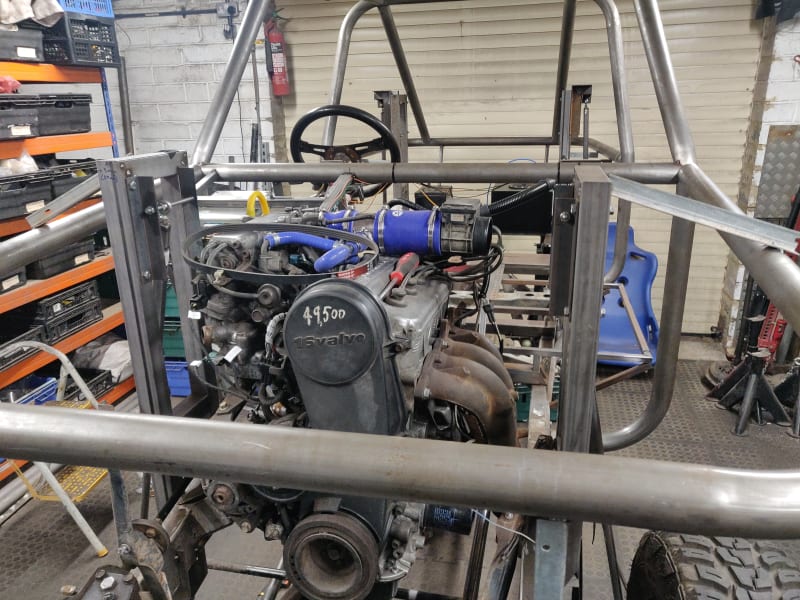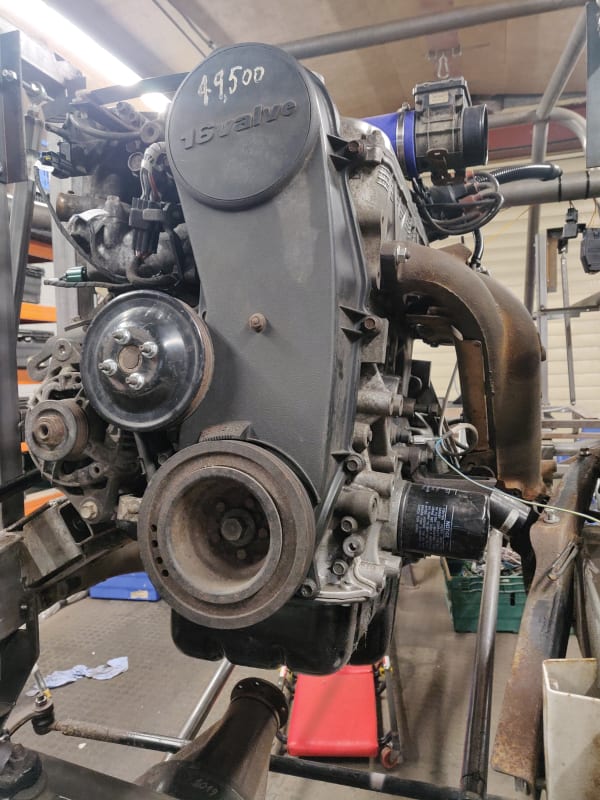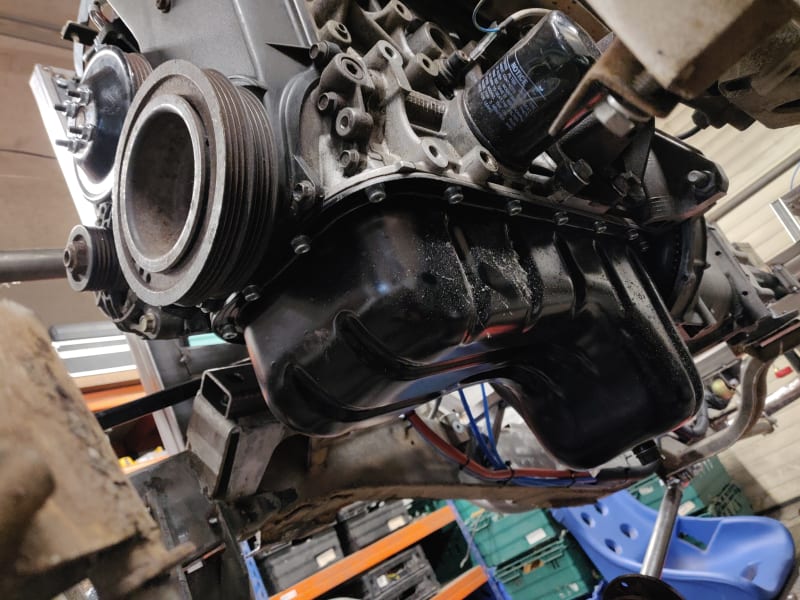I don't want to mess up a good engine so I thought I best ask for advice on determining oil level.
My buggy uses the chassis and running gear from a Suzuki SJ413 / Samurai, which is a solid axle based car. But I've fitted the engine from a Suzuki Vitara / Sidekick. It's same engine family so it bolted straight on (almost). I had to use the sump from the original engine though, as the Vitara engine is originally a front sump to get around the independent suspension, whereas the buggy needs a rear sump.
So now, what do I do to determine the correct oil level?



My buggy uses the chassis and running gear from a Suzuki SJ413 / Samurai, which is a solid axle based car. But I've fitted the engine from a Suzuki Vitara / Sidekick. It's same engine family so it bolted straight on (almost). I had to use the sump from the original engine though, as the Vitara engine is originally a front sump to get around the independent suspension, whereas the buggy needs a rear sump.
So now, what do I do to determine the correct oil level?



